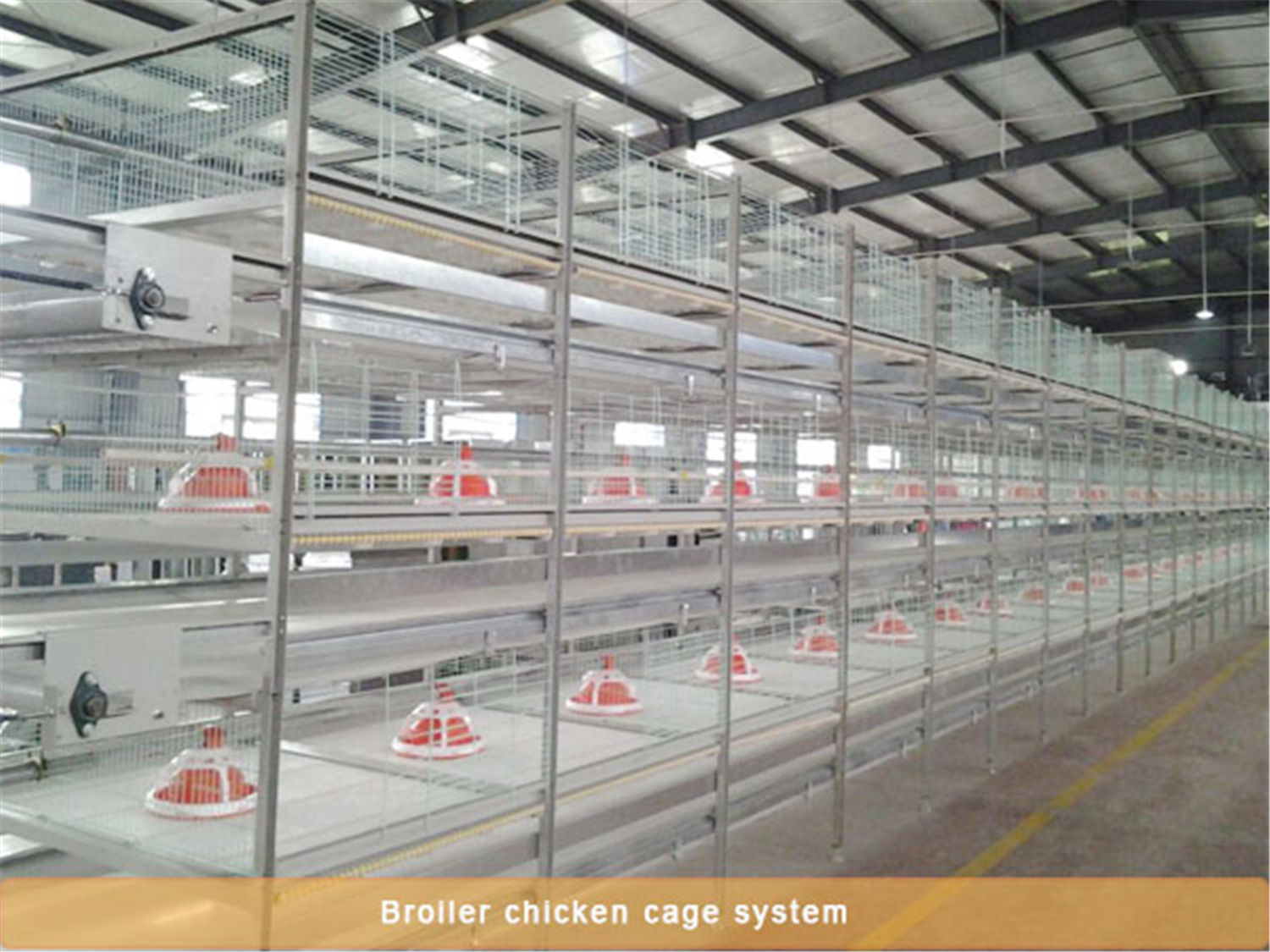With the continuous development of the chicken industry, our farmers now raise broiler chickens in caged ways. The reason is that cage culture can effectively manage chickens so as to avoid fighting in the flocks. The use of the farmer’s house area, so that the utilization rate of the chicken house is improved, in short, the use of cages for breeding has many advantages. Today, we mainly talk about how to use broiler battery cages to raise chickens?
1. Improve the material and structure of the bottom of the chicken cage, reduce the incidence of chest cysts in broilers, so that the incidence of thoracic cysts in the flock is less than 7.5%.
2. According to the needs of caged broilers, study the corresponding feed formula to meet the needs of broiler chickens in the development of high-density cage conditions. The vitamins in the cage feed formula are increased by an average of 20% over the standard of flat feeding, and are adapted to the needs of caged broilers.
3. Three-layer battery cages are used to raise broilers. From the first day of brooding, it is known that the stalks are kept in cages to increase the stocking density, which can maximize the shed and land utilization rate, and also facilitate feeding and management.
4. Adopting a staged expansion of cages, brooding in a small area 21 days before the feeding period, saving heating costs, and gradually expanding after 21 days.
5. The broiler cage must be a closed house with no window. When the ventilation is carried out, the exhaust fan is used to discharge the air inside the house, and the fresh air enters the house through the air inlet. Artificial lighting is used in the house instead of natural light. When the temperature is high, the wet curtain equipment should be installed to cool down the chicken house. When the temperature is low, the chicken house should be warmed by artificial heating to keep the temperature of the house within the comfort range of the chicken life.
6. In the brooding period, the lower part of the cage is designed as a “pear shape”, which is adapted to the feeding needs of the commercial broiler by adjusting the baffle.
